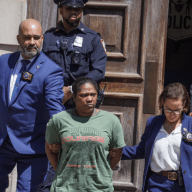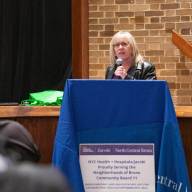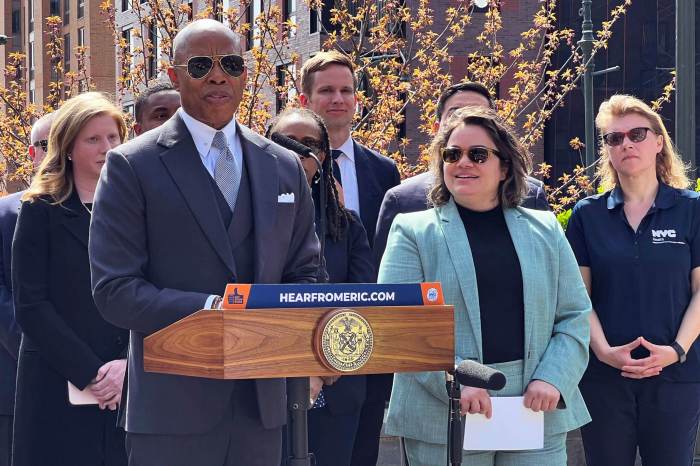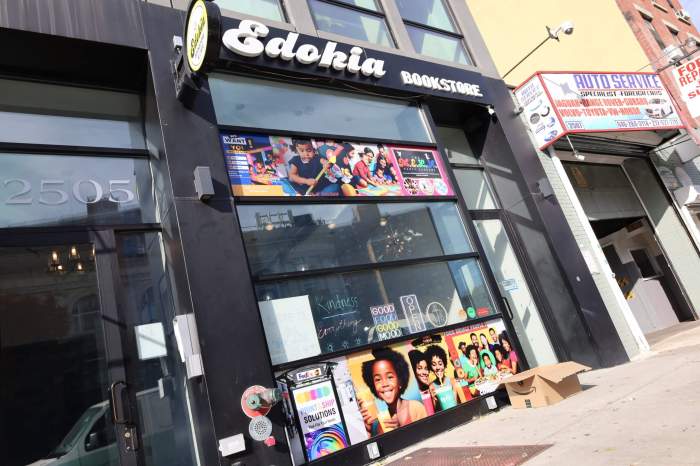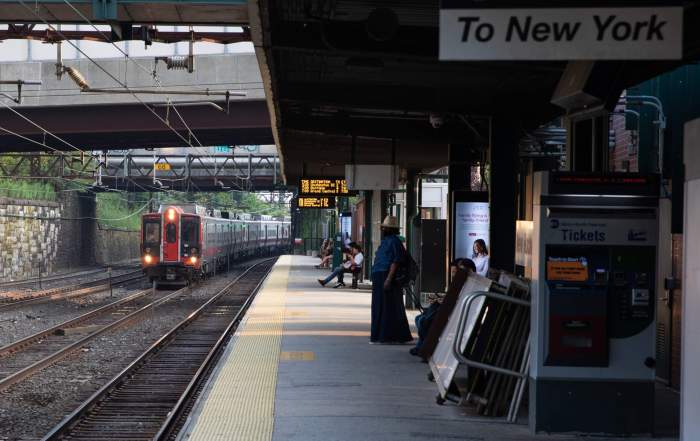Obama protects us
Dear editor,
Recently on “Good Morning America”, former NYC mayor Rudy Giuliani appeared to give his insight to the recent attempted bombing of a Delta Airliner. Although under the current administration such an attempt was foiled, sparing any casualties or serious injuries, Giuliani said “We had no domestic terrorist attacks under Bush, but we had one under Obama.” He went on further to claim and portray Bush as more effective and reliable to handle terrorism than Obama is.
How quick he is to forget about September 11, 2001, when he was mayor and in fact Bush was already in office for eight months and the now former president willfully ignored a PDB dated 8/6/01 warning of an imminent terrorist attack with the use of commercial airlines and failed to inform the public or at least officials nationwide so that the attacks could have been stopped and the 3000 people killed may have still been alive today. It’s an undisputed fact: 9-11 occurred under George W. Bush, due to his negligence. Any and all terrorist attempts under Obama’s watch have been foiled and there were no casualties, no catastrophes. In addition, Obama, in a recent statement declared to fight and defeat terrorism without ever having to compromise or sacrifice law abiding civilians’’ freedoms, liberties, and Constitutional Rights.
So wouldn’t it be factual that apparently Obama is doing a better job protecting this nation than his predecessor?
Michael S. Wilbekin
Closing a failing school makes sense
Dear editor,
When the City decided to close South Bronx High School in 2002, it was my job as the school’s principal to lead the phase-out. The decision to close the school prompted an outpouring of emotion and confusion from students, staff, and families similar to the response we’ve seen this year as the Department of Education seeks to phase out another 20 low-performing schools. These reactions are understandable. What is unacceptable is letting emotions cloud the fact that some schools are not meeting their obligation to educate students and prepare them for graduation. Closure is a painful but necessary step to ensuring that all students have the opportunity to reach their potential.
The decision to close a school comes after a comprehensive evaluation process and only when other turnaround strategies have failed to improve achievement. At Columbus High School, for example, the Department of Education reduced enrollment, created small learning communities, and invested additional resources over the past several years. Despite these efforts, the school graduated just 40 percent of its students last year.
It’s important, however, to clear up some of the confusion that tends to overshadow the obvious rationale for closure.
Schools that receive a “D” or an “F” on their latest Progress Reports, or that receive a “C” grade for three straight years, are considered for closure. But Progress Reports only trigger a broad review. The DOE looks at a variety of other factors, including a school’s performance trends over time, safety record, the satisfaction rates of parents, students, and teachers on the annual school survey, and enrollment rates. Families have often given up on a school long before a decision is made to close it—they don’t send their children there. During last year’s high school admissions process, just 165 eighth graders out of 80,000 selected Columbus as their first-choice school.
But let’s be clear about what closure means. It doesn’t mean turning off the lights and padlocking the doors. To the contrary: our goal is to transform the learning experience inside the building. Schools phase-out over a number of years so that every student currently attending the school has an opportunity to graduate from that school. In fact, schools that phase-out usually experience an increase in graduation rates, passing rates, and attendance.
Tenured teachers have the right to a job and remain on payroll. Some will stay on at the new schools that will open in the building of the closing school, while others will find jobs elsewhere in the City.
Alumni can stay active and maintain their connection to their school. The sports teams and other extracurricular activities that help shape schools’ identities remain intact and are open to students from all of the schools that open on a campus.
Over the years, I have heard schools slated for phase-out argue that they weren’t given a fair chance. The students coming into their school were too “difficult” to educate, they said, and the school shouldn’t be judged like other schools. Apart from shamefully blaming low academic achievement on students rather than those who are supposed to educate them, this argument ignores that in our progress reports we compare schools with others that have the most similar populations. The truth is, there are many schools in the City that take in the same kinds of students and get much different results.
The three small schools that replaced South Bronx, where I worked, serve the same population of students but have an average graduation rate of 74 percent, 34 points higher than South Bronx High.
When parents send their children to school, they expect them to be safe and learn the skills they need to graduate and be successful in college or the workforce. I can’t imagine any parent accepting that if she sends two children to a particular school, only one of the two will graduate at best. We have to do better, even if that means making difficult choices.
By Santiago Taveras
Deputy Chancellor for Teaching
and Learning, NYC DOE
Time for a change
Dear editor,
Ken Reynolds’ assertion that the constitution makes no mention of “same-sex marriage” is accurate, but he seems to miss the point that this is because the constitution makes no mention of marriage at all. It does, however, include two amendments that allow for marriage to be a right afforded to the people and make it illegal under the constitution of the United States of America to deny this right to certain citizens based on another group’s dislike of them.
I would like to reminde Mr. Reynolds that about 150 years ago it was completely acceptable to keep men as slaves, 100 years ago it was completely acceptable to deny a person rights based on their gender, and 50 years ago it was ok to decide who was allowed to get married based on the idea that it was against God and nature for people of different races to unite. During this time span you can also find “reasonable” and accepted arguments for discrimination based on religion, ethnicity, physical disability, neurological disorder, mental illness, and socio-economic status. The Founding Fathers, who you seem to admire very much without actually knowing much about them, lived in a very different world than we do today. The Founding Fathers remain relevant not because they were able to create an entirely new government in their era, but because they were able to see and prepare for the possibilities and necessity of change in the years to come.
Jennifer DiIorio
A Tosca New Year
Dear editor,
I just wanted to let you know that I, along with my wife and another couple, had an exceptionally nice time at Tosca’s New Year’s Eve celebration. The celebration began with a wonderful cocktail hour held up on the Roof Top Garden, which had been enclosed for this occasion. After the cocktail hour, we went downstairs to the Marquee Room where the party continued. Near midnight, everyone watched the crystal ball descend in Times Square, after which everyone made a champagne toast.
I would like to compliment the management of Tosca and their wonderful staff for providing us with a very enjoyable evening.
Bob Kurz, President
Schuyler Hill Civic Association, Inc.







